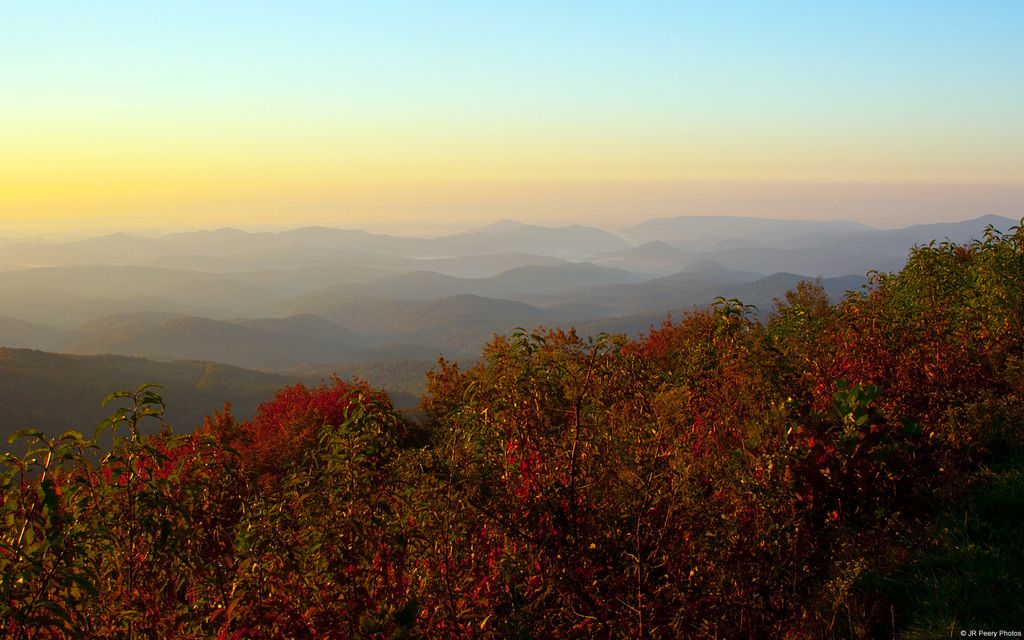Peculiar Pine Trend: Regardless of Earth's location, cook pines inclined towards the equator remains a mystery.
Unraveling the Mysterious Equator-Facing Pines
From the sun-kissed shores of Australia to the frosty landscapes of Canada, an enigmatic tree species captures our curiosity as it consistently leans towards the equator, wherever it takes root. This phenomenon, exhibited by the Cook pine (Araucaria columnaris), is a fascinating riddle in the world of botany, challenging our understanding of plant adaptation and growth.
The Cook pine, with its distinctive, upward-spiraling branches and papery silver-gray bark, has a peculiar habit: it leans toward the equator, following its path around the globe. And it's not just here and there; this behavior holds true across the five continents on which it grows, from the sun-drenched coasts of South Africa to the misty forests of Alaska.
However, understanding this behavior remains elusive. Scientists suspect a possible role for phototropism, the plant's growth response to sunlight, as well as genetic factors. But the exact cause is as unsettled as the trees themselves.
The Study and Findings
A team led by Matt Ritter from California Polytechnic State University took on the task of unraveling this peculiar behavior in a groundbreaking 2017 study. They measured 256 Cook pines spread across 18 regions, revealing that these captivating trees lean towards the equator with an average tilt of 8.05 degrees, and fewer than 9% of them fail to toe this equatorial line. Incredibly, the lean angle increases with latitude, hinting at a connection between the tree's environment or genetics.
Exploring the Equatorial Lean of Cook Pine Trees
The Cook pine, with its intriguing equator-leaning habit, has captivated botanists and nature enthusiasts alike. This curious survey article delves into the intricacies of this astonishing phenomenon, exploring its discovery, the research behind it, and the ongoing quest to comprehend this enigmatic behavior.
Discovery and Initial Observations
The tale begins with Matt Ritter, a botanist at California Polytechnic State University, who found the trees leaning south in California for a book on urban trees. Intrigued, he reached out to a colleague in Australia, who confirmed that Cook pines there leaned north. This realization set foot on the secret that the trees might be leaning towards the equator.
The 2017 Study: Methodology and Findings
To investigate this hypothesis, Ritter and his collaborators, including Professor Jenn Yost and graduate student Jason Johns, conducted a comprehensive study published in the journal Ecology in 2017. They measured Cook pines across five continents, at latitudes ranging from 7° to 35° north and 12° to 42° south, recording the height, trunk diameter, and direction and extent of each tree's lean, ensuring no external factors affected the results.
The Enigma Remains
As the world continues to marvel at the equatorial lean of Cook pine trees, researchers and nature enthusiasts alike remain enthralled in the quest to understand this peculiar behavior. The interplay between phototropism and genetics will be a fascinating challenge in years to come, as we continue to delve into the secrets of these captivating trees.
- The 2017 study, led by Matt Ritter from California Polytechnic State University, extended the grasp of environmental-science as they explored the peculiar behavior of Cook pines, categorized under the scientific class Araucariaceae, their intriguing lean toward the equator being a significant part of home-and-garden landscapes and lifestyle discussions.
- The Cook pines' equatorial lean, a compelling enigma in the world of botany, has seeped into various aspects of our daily lives, serving as a point of discussion for both amateur and professional environmental-scientists, and shaping our understanding of plant adaptation and growth, offering unexpected connections between science and lifestyle.





